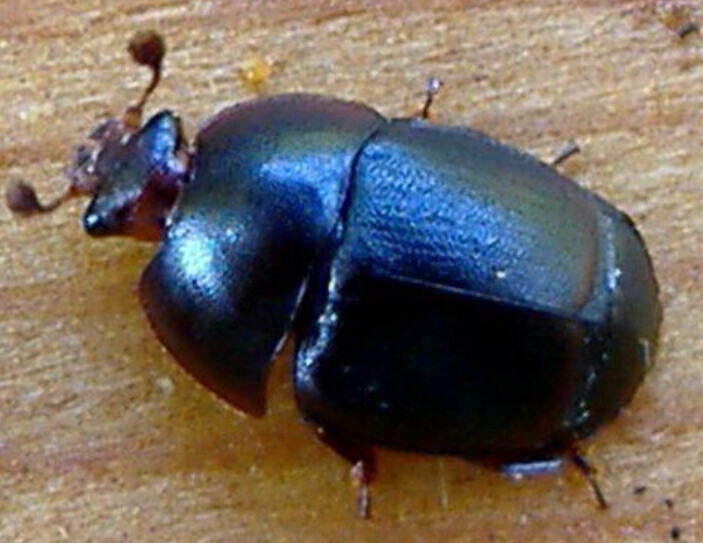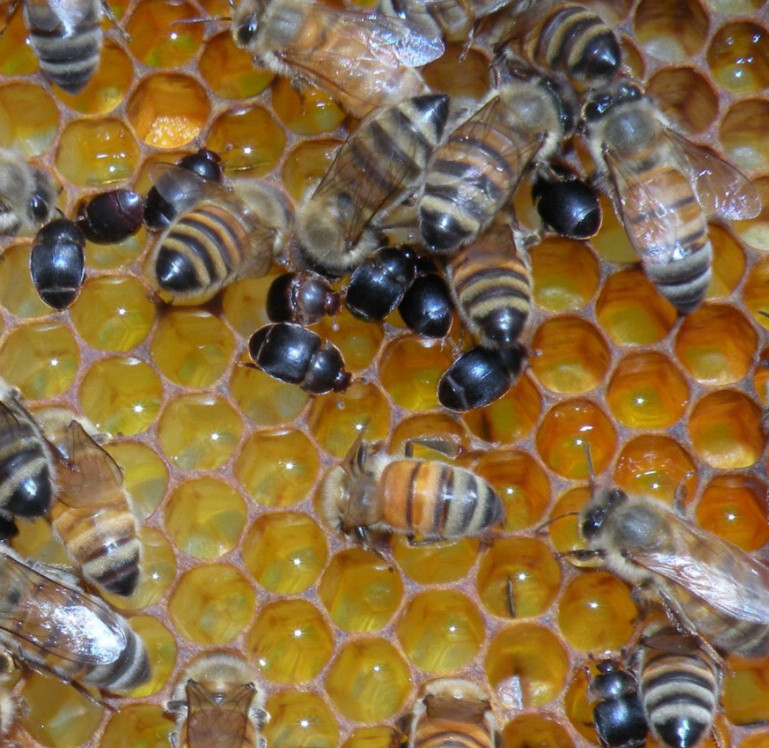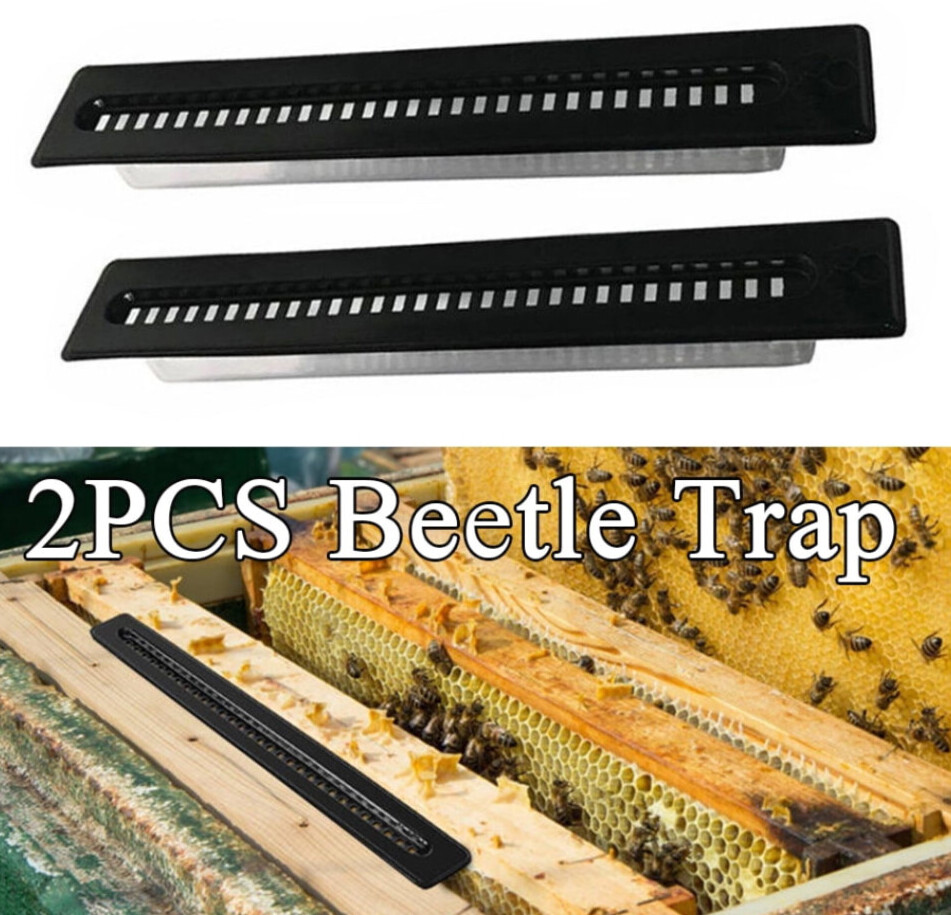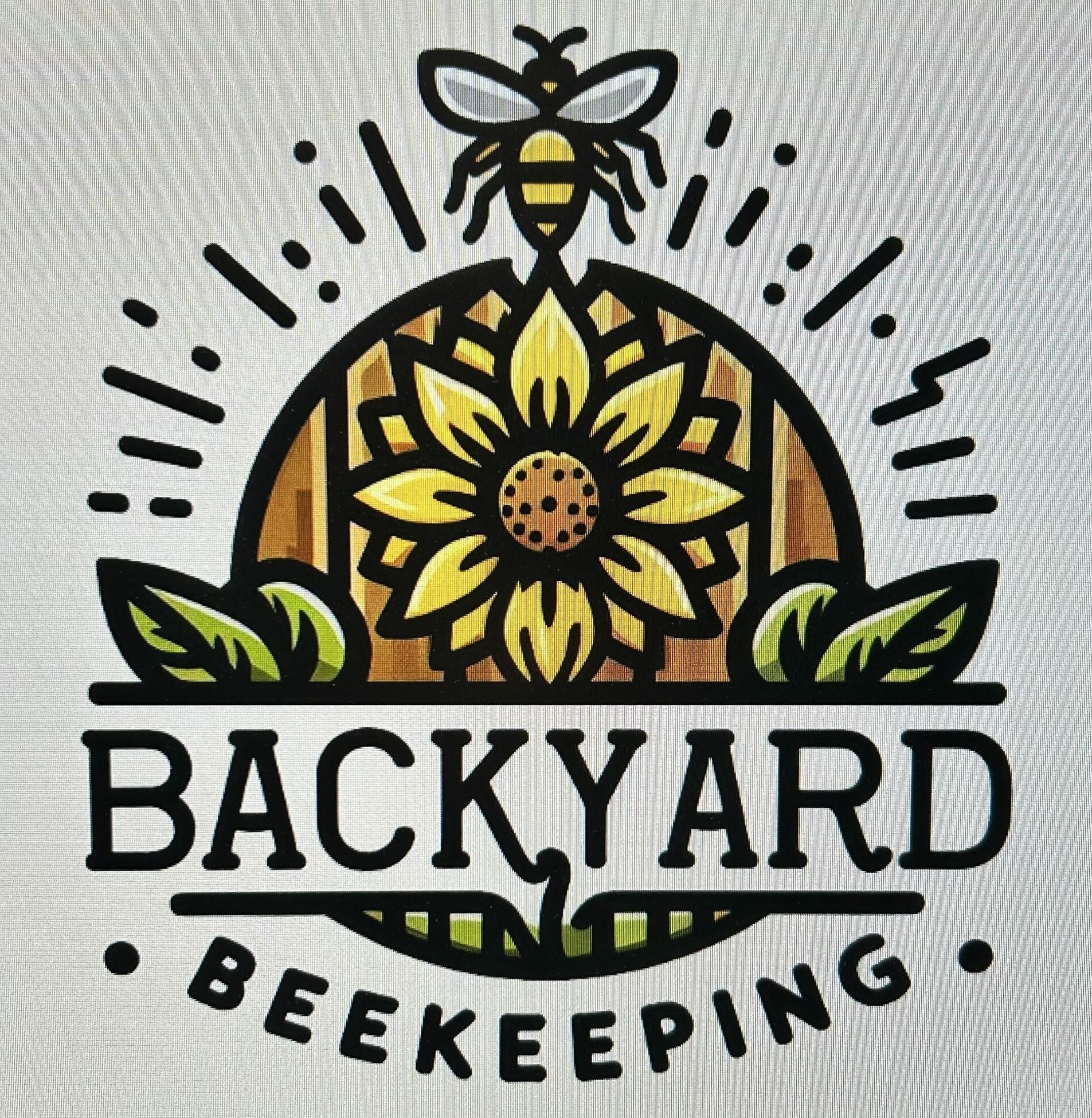Black hive beetles are a major nuisance for beekeepers. These little pests, known scientifically as \textit{Aethina tumida}, are part of the Nitidulidae family. While the name might sound a bit fancy, knowing them is crucial for anyone wanting to keep a healthy hive.
Their appearance can be quite distinct – they’re small, oval-shaped, and can range in color from dark brown to black. Typically, they measure around 5 to 7 millimeters in length. Despite their small size, they pack a real punch when it comes to havoc in the hive. These beetles are tenacious survivors and can spread quickly.

The black hive beetle actually hails from sub-Saharan Africa. They started making a ruckus in other parts of the world relatively recently, showing up in places like North America, Australia, and Europe. Their spread has been linked to the movement of hive products and even bee colonies. Once they settle in, they can be a real pain to get rid of.
Understanding the background, appearance, and behavior of black hive beetles sets the groundwork for tackling what comes next – recognizing their impact on bee hives and figuring out the best ways to manage them.
The Impact of Black Hive Beetles on Bee Hives
Black hive beetles might look tiny, but they cause substantial harm to bee colonies. These beetles enter the hives, laying eggs which later hatch into voracious larvae. The larvae tunnel through the honeycombs, feasting on honey, pollen, and even the bee brood. This isn’t just gross; it’s destructive.
One of the first signs of a beetle problem is often fermented honey. The larvae defecate in the honey, causing it to ferment and become slimy. This slime creates an unappetizing mess that bees refuse to clean up. The sour smell can become overwhelming, driving the bees to flee their hive in search of a new, cleaner home.
Unchecked infestations can lead to significant hive damage or even a complete hive collapse. When the bees abandon the hive, the colony’s productivity drops, and honey production takes a hit. Additionally, weakened hives are more vulnerable to other pests and diseases. It’s often a downward spiral from there.
Keeping an eye out for these signs and acting fast is crucial. Removing the beetles and their larvae early prevents a small problem from turning into a full-blown disaster.
Detecting Black Hive Beetle Infestations
Spotting black hive beetles early is key to saving your hives. One of the first things to look for is the beetles themselves. These tiny, dark invaders often scurry across the combs and inner covers when you first open a hive. They’re quick movers, so having a keen eye is essential.

Another red flag is finding beetle larvae on the combs. The larvae are small, creamy white, and tend to cluster together in groups. Their presence usually means the beetles have already started laying eggs.
Regular hive inspections are crucial. Check the hive’s bottom board for any beetles or larvae. If possible, use a beetle trap underneath the hive – it can catch the critters as they enter or leave.
Fermented honey is a dead giveaway that something’s wrong. The telltale sour smell should prompt immediate action. Also, bees vacating sections of the hive or even leaving completely is a major warning sign.
A helpful tool to consider is a beetle trap, which can be placed inside the hive. These traps often use oil or other substances to trap and kill the beetles. Regularly checking these traps can give a good indication of how severe your infestation might be.
Maintaining a diligent inspection routine and being aware of these signs will help catch infestations early and protect your bees. Being proactive is key to keeping your hive healthy and thriving.
Effective Strategies for Managing and Eliminating Black Hive Beetles
Preventative measures can be a beekeeper’s best friend when it comes to managing black hive beetles. Keeping your hive strong and healthy is the first line of defense. A robust colony can usually keep beetles in check on its own. Make sure your bees are well-fed and that the hive is dry and ventilated, as beetles thrive in damp environments.
Regular inspections can’t be stressed enough. Catching beetle infestations early makes treatment much easier. Using beetle traps inside the hive is a smart move. These traps often contain oil or other substances to lure and kill the beetles. Keeping beetle populations low prevents larvae from spreading through the combs.

Chemical treatments can be effective but are best used as a last resort. Products containing permethrin are often used around the hive to control beetle numbers. Always follow the instructions to avoid harming the bees. It’s worth considering organic options first, like diatomaceous earth, which can be sprinkled around the hive for a more natural approach.
Nematodes are another natural method worth trying. These microscopic worms can be introduced into the soil around the hive. They prey on the beetle pupae, breaking the lifecycle before they mature into adults.
Sharing practical tips and learning from others can be incredibly useful. For instance, some beekeepers have found success using bottom boards specifically designed to let beetles fall through but trap them from returning.
Maintenance is key. Keep hive areas clean, promptly remove any excess debris, and ensure proper storage of beekeeping equipment. Stored equipment can be a breeding ground for beetles if neglected. Regularly rotating hive locations can also help disrupt beetle colonies and keep them guessing.
Combining these strategies forms a solid defense against black hive beetles. By staying vigilant and proactive, you can protect your hives and ensure they continue to thrive.
If you would like to receive the monthly newsletter from Beewhisperer360 drop your email address in the comments section.

I do not have the problem of Black Hive Beetles yet.
My problem now is black ants. They have made my bees to swarm. I have rotated the hive to different locations yet the hive is still being attacked by the ants. Can I pour insect powder on the ground where the hive is located?
I would not do that. I will post a page that will deal with ants.
Thanks.